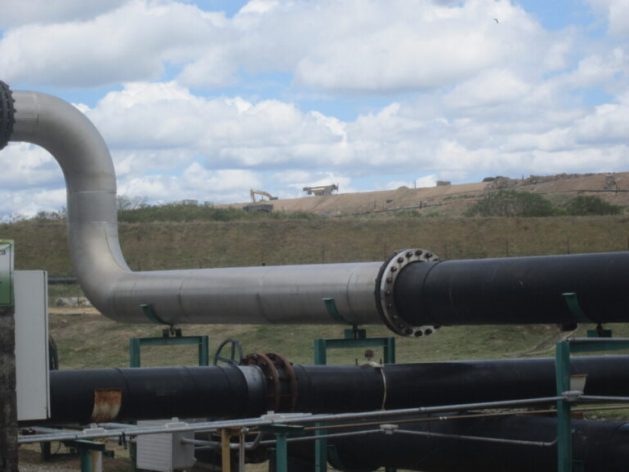Timeline: Sheikh Hasina’s reign ends after 15 years | Sheikh Hasina News
Hasina, known as the iron lady of Bangladesh, resigns and flees the country after weeks of deadly protests.
Sheikh Hasina became Bangladesh prime minister for the first time after her Awami League party won the 1996 elections. Her second stint in power, which began in 2009, was marked by impressive economic growth.
But she was accused of becoming a hardline leader and cracking down on dissent. Her 15-year rule is also known for human rights violations. The United States placed sanctions on the elite Rapid Action Battalion, linked to disappearances and extrajudicial killings.
On Monday, following weeks of protests, the 76-year-old resigned and fled the country. Here’s a look at her time in office:
December 29, 2008 – The Awami League wins the general election, and Hasina becomes prime minister for a second time.
February 2009 – The Bangladesh Rifles, a paramilitary force, revolts. More than 74 people are killed. Hasina’s government manages to restore order.
June 2011 – The 15th amendment to the constitution is passed. It brings significant changes, including removing neutral caretaker governments, which had governed during elections and government transitions. The opposition says keeping the caretaker system is essential for free and fair elections.
February 2013 – Mass protests in Shahbagh, Dhaka, call for the death penalty for those who committed atrocities during the 1971 Bangladesh Liberation War.
October 2013 – The Rana Plaza building collapses, killing more than 1,000 people and highlighting the lack of safety in the garment industry, which is the mainstay of Bangladesh’s economy.
January 5, 2014 – The Awami League wins the general election, which was boycotted by the main opposition party and its allies. Hasina wins a second straight term as prime minister.
January 2015 – Political unrest and violence erupt stemming from the opposition Bangladesh Nationalist Party’s unmet demands after the 2014 elections.
December 30, 2018 – The Awami League wins the general election amid vote-rigging allegations. Hasina secures a third consecutive term after winning 96 percent of the votes.
March 2020 – Bangladesh’s economy suffers due to the COVID-19 pandemic. A lockdown causes price rises, which lead to a cost of living crisis.
December 2021 – The US imposes human rights-related sanctions on Bangladesh’s elite paramilitary force, the Rapid Action Battalion, and seven of its current and former officials, accusing them of involvement in hundreds of disappearances and extrajudicial killings since 2009.
2022 – Bangladesh reports gross domestic product growth of 7.2 percent, making it one of the fastest growing economies in the world. Garment exports and remittances drive the expansion. However, wealth disparities increase, and the wealthiest 10 percent of the population now controls 41 percent of the total income.
January 2024 – Hasina wins a fourth straight term in elections boycotted by the opposition.
July 2024 – Students launch protests against government job quotas, which reserve one-third of civil service posts for descendants of people who fought in the 1971 war for independence. The protests turn violent after a government crackdown and attacks by groups linked to the ruling party.
July 29, 2004 – Protests resume and calls grow for Hasina’s resignation.
August 4, 2004 – Nearly 100 people are killed during the protests, taking the total number of dead to almost 300.
August 5, 2024 – Hasina resigns and flees the country. Protesters storm the prime minister’s residence.
Check out our Latest News and Follow us at Facebook
Original Source







